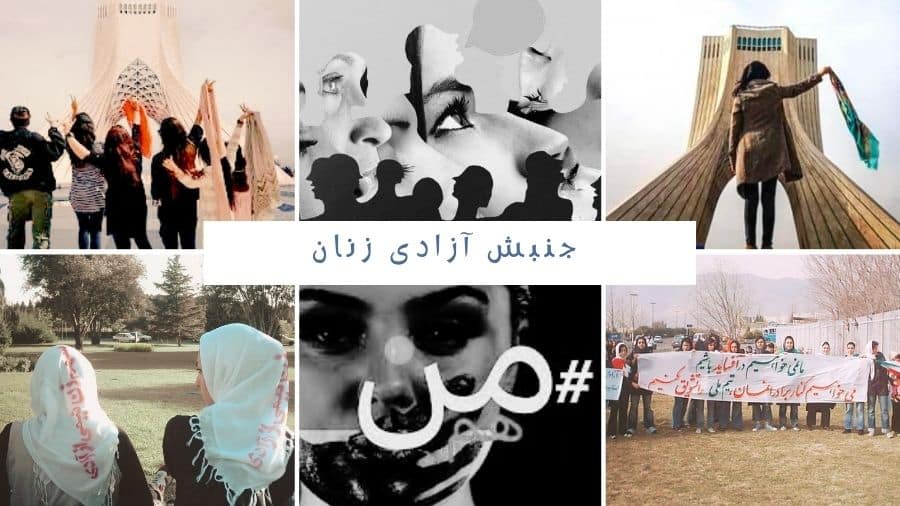Abstract
Since the time of the constitution, the Iranian women’s movement has joined the battlefield with three demands: the right to vote, the right to education, and the right to form an organization. This movement is known as the “Women’s Rights Movement” in reference to its demands and historical context. This movement might be regarded the initial phase of the Iranian women’s movement. Despite women’s success in accepting their legal and true identity to society over the past century, discriminatory laws at every historical juncture, from the constitutional era to the era of the National Oil Movement, and from the reform era known as the first Pahlavi White Revolution to the Islamic Revolution, targeted a portion of their identity. Despite being the target of consecutive arrows of various forms of discrimination, women not only insisted on the identification of their legal movement, but at the end of the 20th century, by highlighting their bodily identity, they stood up to regain their bodies confiscated by government discrimination. This period, the seeds of which were sown in women’s daily struggles from the mid-sixties to Homa Darabi’s self-immolation in the seventies, with women’s movements to enter the stadium, Sahar Khodayari’s self-immolation in the nineties, the phenomenon of the girls of the Revolution Street and White Wednesdays in the late nineties and In the last year of the twenty-first century, the emergence of the Iranian MeToo movement: Narr These movements in the first half of the twenty-first century, along with the secular and religious women’s opposition to the ban on screening, the ban on pregnancy prevention, and the plan to increase the population, have propelled the women’s movement into the physical stage or the women’s liberation movement. This article discusses the role of “non-movements” who prepared the women’s rights movement to enter the phase of the women’s liberation movement from a positive and cause-and-effect perspective, while enumerating the characteristics of this two-stage process. Referencing the scientific definitions of the two phases of the legal movement and the women’s freedom movement, this essay examines the impact of individual and collective activities on the growth of the women’s freedom movement. For instance, from the first movement of Taherah Qara Al-Ain to remove the hijab to the phenomenon of the girls of the revolution, from the singing of Qamar al-Maluk Waziri to singers and dancers on the streets today, and from the confiscation of concubines to the rise in popularity of white marriage. From unmarried women’s pregnancies to sperm donation banks to denying pregnancies imposed by the government and males at home, the women’s rights movement has definitely shifted towards the women’s liberation movement since the turn of the century.


